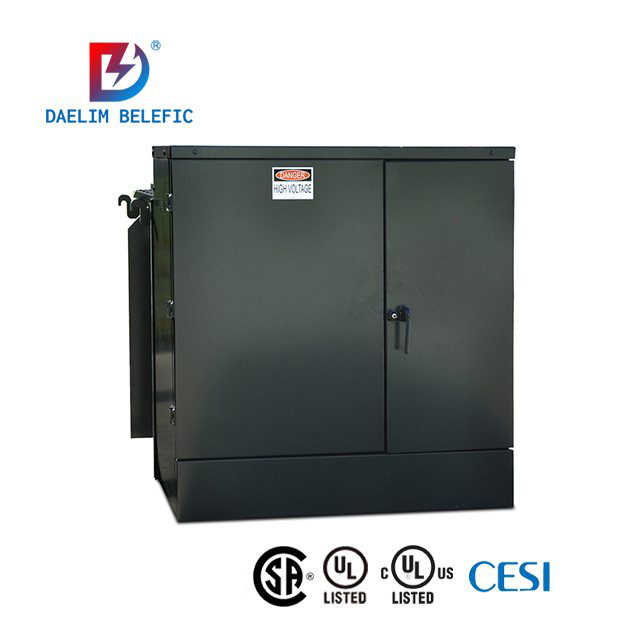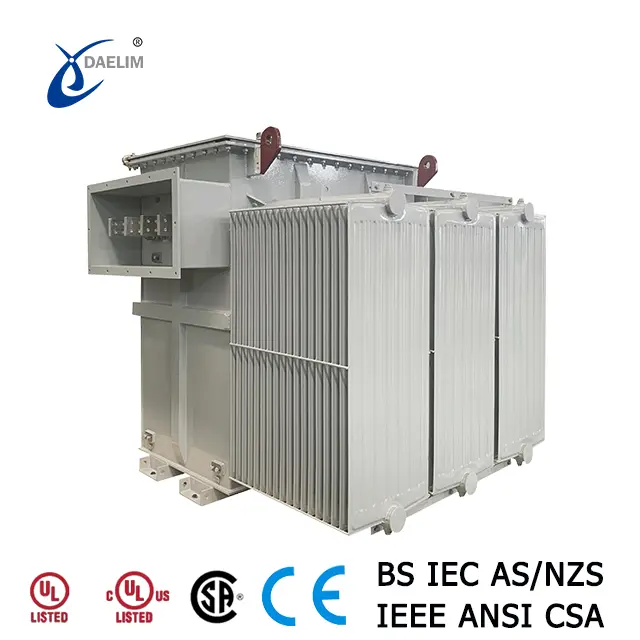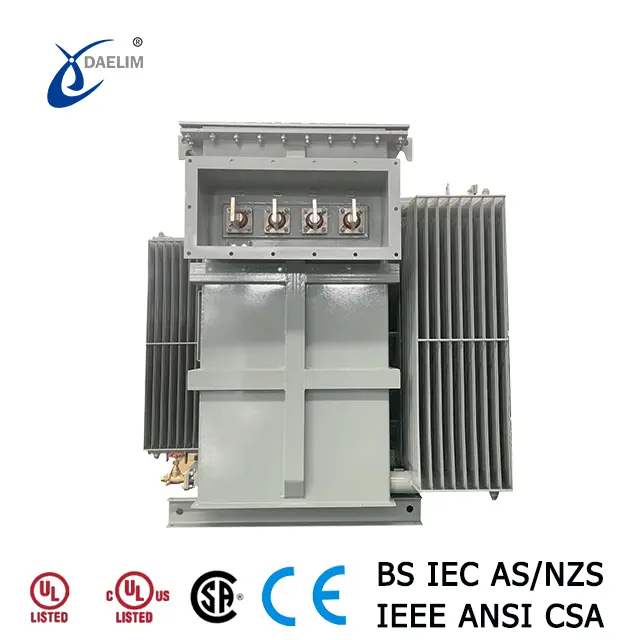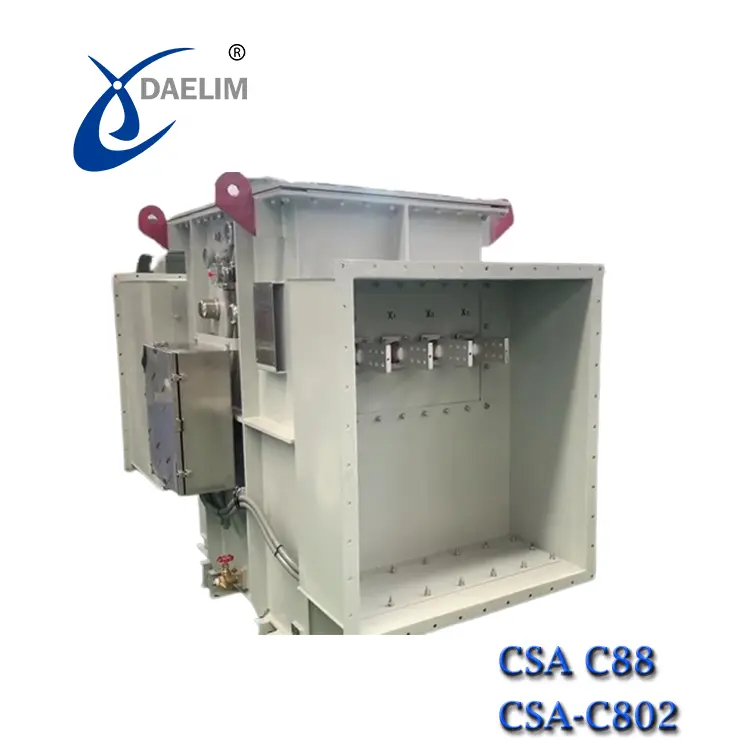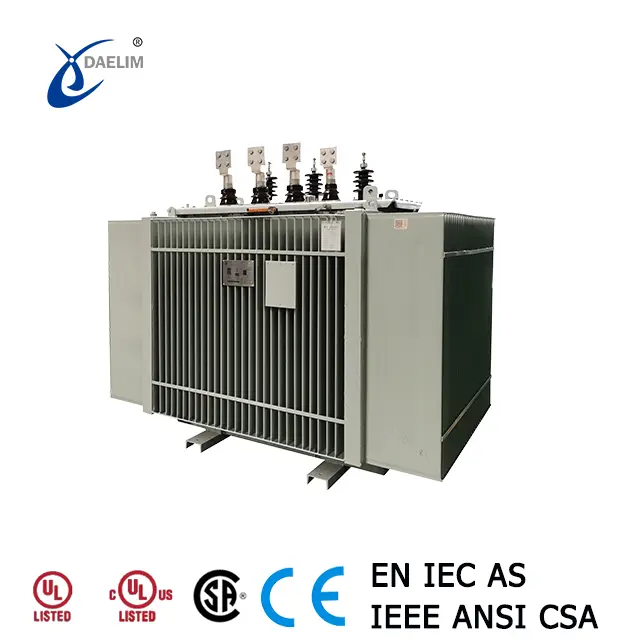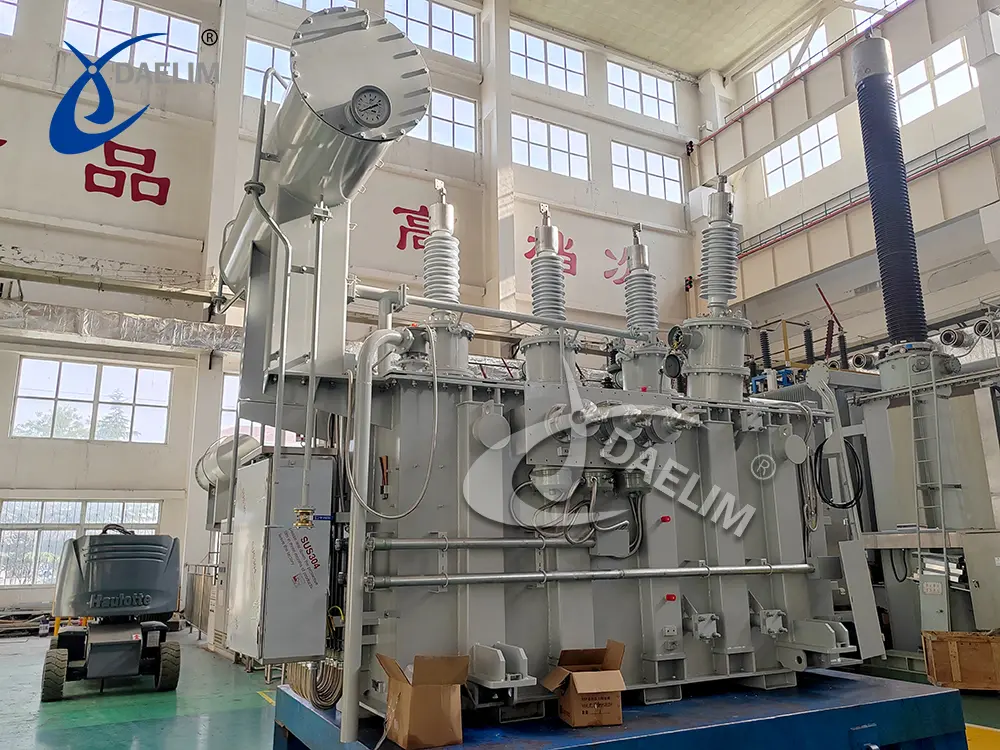How To Test a Transformer?
The test of a power transformer can be divided into factory test and handover test according to the purpose.
The purpose of the transformer test is to check whether the performance of the transformer meets the requirements of relevant regulations and technical standards. Whether there are defects or fault characteristics in order to determine whether it can be put into service after leaving the factory or after repair.
Today we mainly take a look at the knowledge related to the factory test of power transformers.
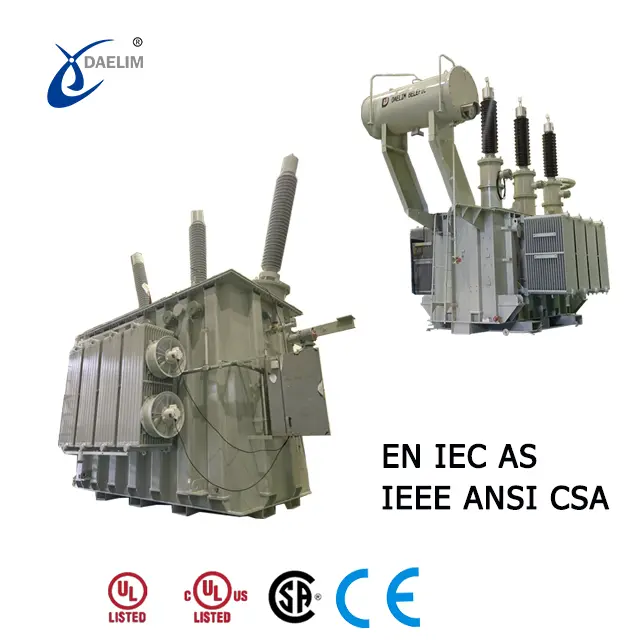
With high voltages up to 345kV and ratings up to 500MVA. Meet applicable ANSI/IEEE, CSA, AS/NZS, IEC, and EN standards.
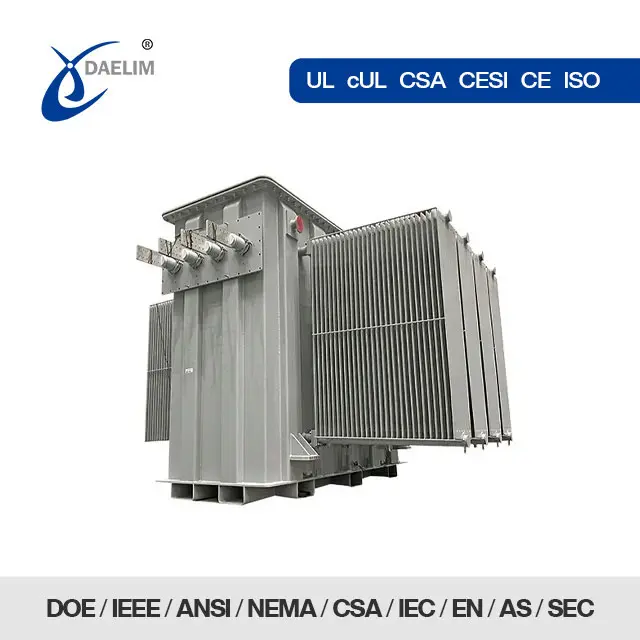
With high voltages up to 46kV and ratings up to 20MVA. Meet current applicable ANSI/IEEE, CSA, IEC, AS, EN, BS, Tier 2 standards, with UL, CE, and CSA certificates.
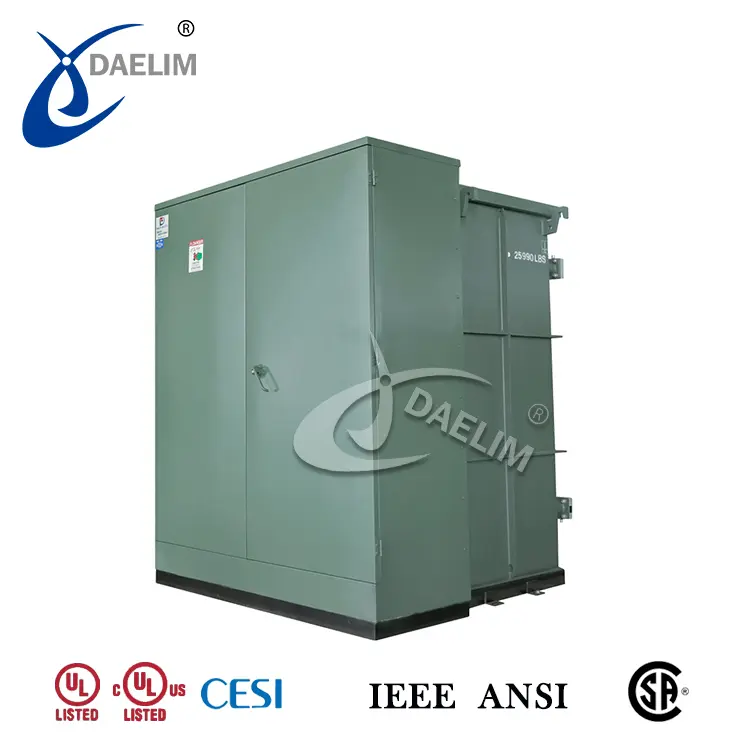
With high voltages up to 44kV and ratings up to 10MVA. Meet current applicable ANSI/IEEE, CSA standards, with UL listed.
Transformer testing is a necessary step in the production of transformers before they are shipped to customers for use.
This is a guarantee for the quality and safe operation of the transformer. transformer testing report is also the basis for customers to accept products that meet the standards of use.
If the test experiment of the transformer is further discussed, the experiment is mainly divided into two types:
1. The factory test is the standard experiment that must be performed.
2. Formal experiments or third-party experiments that can be understood as special requirements of customers and require special money to be done, the transformer factory must accept and issue third-party test reports in accordance with standards.
At the same time, if it is differentiated according to different international production standards, whether it is a factory test or a third-party test, the transformer test in the American countries must follow the test content and requirements under the ANSI/IEEE standard.
Other countries need to follow the test content under the IEC standard or the requirements under the BSEN and GOST standards. The basic experimental content has similar content, but the specific data standard requirements subdivided into each different experiment will be different.
Read more about transformer test: How to test a power transformer?
How to test the transformer?
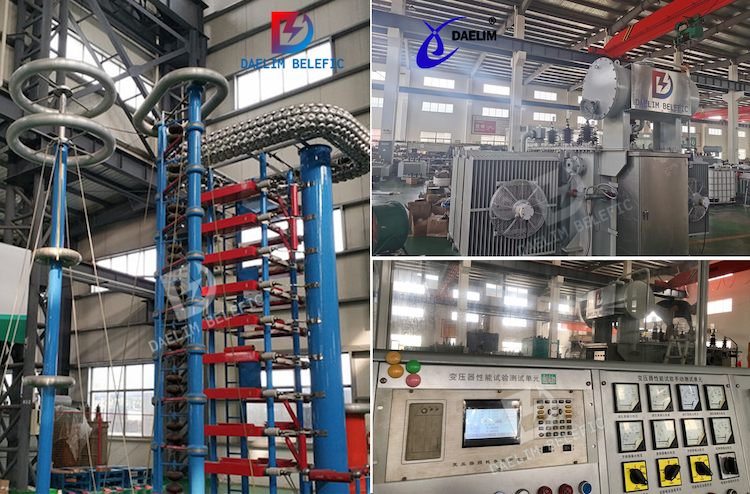
Here we have to realize that a transformer is a static, static electrical device used to exchange currencies. And to know the quality of the transformer, it must be inspected and verified through the inspection provided by the transformer factory. Testing transformers requires the use of some professional measuring and testing instruments. So here we have a question, how to test the transformer?
1. First of all, here we will discuss the inspection items of the transformer from the general direction.
First of all, the first intuitive and easier to distinguish must be the appearance of the transformer after the production is completed. The inspection method we want to refer to here is a visual inspection.
In the case of visual inspection, the angle and light should also be considered. Here we suggest that the distance of visual inspection is about 25 cm. In terms of angle, we need to consider the forty-five Yang's top-down angle.
All around from a well-lit place The inspection criteria for visual inspection here are: to correct the display model of the transformer and accessories that can be observed outside the transformer, and whether the outer casing of the transformer is oxidized and corroded, whether there is foreign matter on the surface, whether there is a disconnection at the connection of other wires such as cables, etc. missing, not installed. The serious phenomenon is that there is corrosion and oil leakage on the surface, and the line is dropped. Minor If the appearance of the transformer has foreign matter, it can be removed by manual on-site cleaning.
2. In addition, it is also a size detection Inspection method: We can use digital calipers to test the length, width, height, diameter, flying lead length, and inner core height of the transformer. , The inspection standard here is to be completely consistent with the production outline drawing or specification provided by the transformer manufacturer. If the maximum or minimum size clearly exceeds the standard, or even affects the installation and use, it is a serious failure.
Learn more: Ultimate guide of cast resin dry-type transformer
3. The third point is the test of the high-voltage bushing at the high-voltage place The test method is to first short-circuit the primary and secondary ends of the transformer, and then apply a 50 or 60Hz sine wave voltage to both sides respectively. Here, a 5mA current is used for reference, and the test time is 5 seconds. The standard of inspection and acceptance is that there is no arcing, and the transformer has no alarm action.
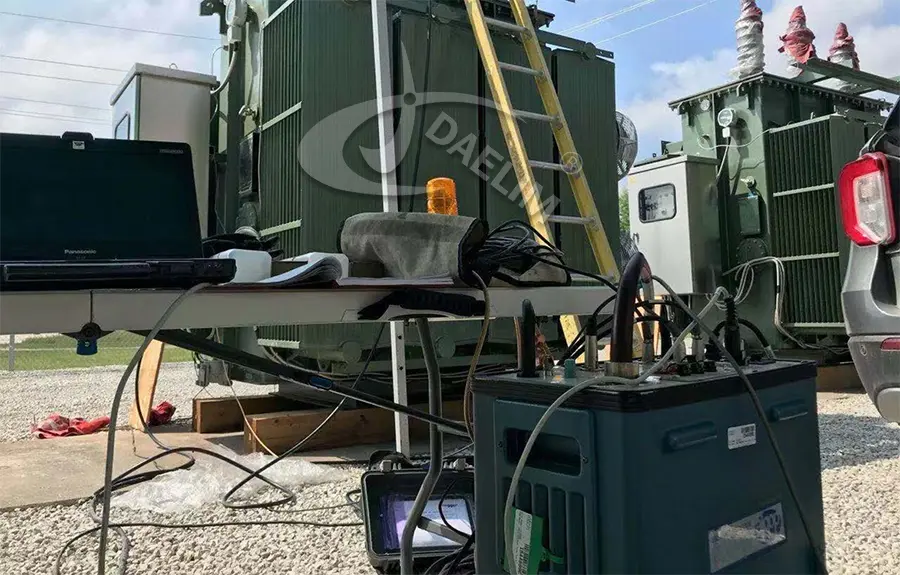 4. The next step is to test the transformer performance The basic inspection method is to place the test transformer on the corresponding test rack to connect the test. If the output and input voltages of the high and low voltage secondary of the transformer are consistent with the test report provided by the supplier, then the acceptance criteria are met and there is no defect.
4. The next step is to test the transformer performance The basic inspection method is to place the test transformer on the corresponding test rack to connect the test. If the output and input voltages of the high and low voltage secondary of the transformer are consistent with the test report provided by the supplier, then the acceptance criteria are met and there is no defect.
5. Next we install it, which also needs to be tested We need to test the plug-in transformer with its corresponding PCB. The distance between the pins and the flying leads displayed on the transformer should be consistent with the corresponding hole distance on the PCB board. If the distance is too large or cannot be installed, it does not meet the acceptance criteria.
6. Another specific parameter test value test Here we need to use some necessary electronic components or automatic analytical instruments to assist in testing the number of turns and coils of the primary and secondary transformers. The tested transformer phase, leakage inductance, inductance, turns ratio, and Q value needs to be consistent with the provided specifications.
7. Finally, it also includes a test of the production process of the transformer. There is no need to inspect all the transformers, only one transformer or two transformers for sampling inspection are required to be disassembled. After plugging, we need to look at the number of turns, material, winding direction, and length of the coil, and how many layers of high-temperature glue are on the insulating paper. These must be consistent with the parameters determined by the supplier.
Try for free: 8+FAQ About Pad Mounted Transformers
How many tests are in the transformer?
Here we first look at the following types of routine test items for power transformers under the IEC standard:
| IEC 60076-11, clause 11, complete list of tests |
|
|
11.1 General requirements for tests |
11.2 Routine tests |
| 11.2.1 Measurement of winding resistance |
| 11.2.2 Measurement of voltage ratio and check of phase displacement |
| 11.2.3 Measurement of short-circuit impedance and load loss |
| 11.2.4 Measurement of no-load loss and current |
| 11.2.5 Applied voltage test (AV) |
| 11.2.6 Induced voltage withstand test (IVW) |
| 11.2.7 Partial discharge measurement |
|
|
11.3 Type tests |
| 11.3.1 Full-wave lightning impulse test (LI) |
| 11.3.2 Temperature-rise test |
| Read my article on: How To Purchase 3000kVA Transformer In USA & Canada
|
11.4 Special tests |
| 11.4.1 Partial discharge measurement for transformers operated under a single-phase line-to-earth fault condition |
| 11.4.2 Measurement of sound level |
| 11.4.3 Short-circuit test |
| 11.4.4 Climatic tests |
| 11.4.5 Environmental test |
| 11.4.6 Fire behavior test |
| 11.4.7 Seismic test |
| 11.4.8 Special test for transformers equipped with amorphous core |
Keep on reading: 11kV Transformer Guide
What is the special test for the transformer?
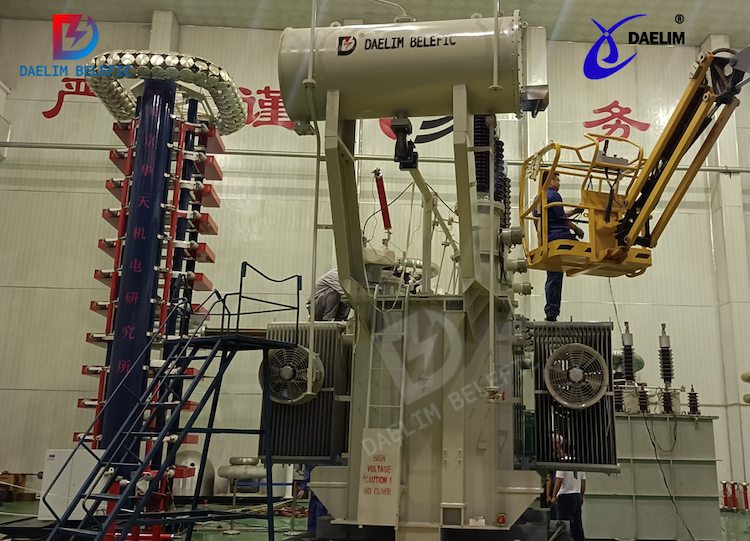
About the Special test of a transformer we can understand the type of test:
A test made on a transformer that is representative of other transformers, to demonstrate that these transformers comply with the specified requirements not covered by the routine tests: a transformer is considered to be representative of others if it is built to the same drawings using the same techniques and materials in the same factory.
NOTE 1 Design variations that are irrelevant to a particular type of test would not require the typing of the test to be repeated.
NOITE 2 Design variations that cause a reduction in values and stresses relevant to a particular type of test do not require a new type of test if accepted by the purchaser and the manufacturer.
NOTE 3 For transformers below 20 MVA and U≤ 72,5 kV significant design variations may be acceptable if supported by the demonstration of compliance with type test requirements.
Learn more: The Ultimate Guide to 1500kVA Transformer
Why transformer oil testing is required?
With long-term use and placement, the oil inside the transformer may be exposed or even leaked out of the transformer, and the function and insulation performance of the oil will gradually decrease, which will directly lead to the failure of the transformer and the power outage of the equipment. Therefore, in order to prolong the service life of the transformer and prevent power accidents, the maintenance and regular testing of the transformer are very important.
Here our test method we can perform maintenance by checking the oil level by checking the acidity and leakage of the oil. External dust, dirt, and sludge can be removed by filtration. Chemical testing allows for periodic dissolved gas analysis.
Or use a dunny ring for transformer oil testing:
If it is simple to understand, in this tension measurement, the platinum ring will be lifted through the water-oil interface. The measured force is used to calculate the tension between the oil and water. A high interfacial tension value (40mN/m) will indicate that there are no unwanted polar contaminants in the hydrocarbons, which directly means that oil is immiscible with water. To achieve the purpose of detecting debris in the oil medium.
Read more about Transformer Oil
How often should transformer oil be changed?
In fact, the oil of the transformer does not need to be replaced frequently, but regular maintenance experiments are required. It is recommended to do it once a year or to perform experimental testing or even replacement after the transformer is repaired. When there is a special situation, the test results show that too many impurities in the old oil affect the operation, use, and replacement.
Daelim transformer testing report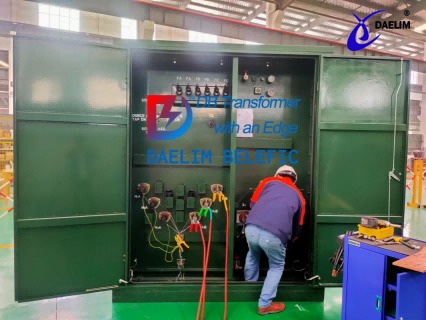
Each transformer produced by Daelim must undergo strict inspection and testing before leaving the factory, and each technical condition is allowed to leave the factory. Let's take a 3750kVA pad mounted transformer as an example. According to the IEEE C57 standard, let's take a look at the factory test report of the Daelim Transformer.
1. Specification
| Rated Capacity | 3750 | Product Type | ZGS-Z-3750/24.94/0.48 | 60HZ | |
| 3Voltage Combination | HV(kV) | 24.94 | Current | HV(A) | 86.8 |
| LV(kV) | 0.48/0.277 | LV(A) | 4510.7 | ||
2. Measurement of voltage ratio
| Tapping Position
| HV(V) |
| A | 26187 |
| B | 25564 |
| C | 24940 |
| D | 24317 |
| E | 23693 |
| LV(V) | HV/LV(%) | ||
| AB/ab | BC/bc | AC/ca | |
| 480 | 0.00 | 0.00 | 0.04 |
| 0.06 | 0.06 | 0.07 | |
| 0.07 | 0.07 | 0.09 | |
| 0.11 | 0.11 | 0.13 | |
| 0.11 | 0.09 | 0.13 | |
3. Measurement of winding resistance
| Tapping Position | HV (Ω) | ||
| AB | BC | CA | |
| A | 0.9199 | 0.9188 | 0.9206 |
| B | 0.8963 | 0.8952 | 0.8969 |
| C | 0.8729 | 0.8717 | 0.8735 |
| D | 0.8495 | 0.8484 | 0.8502 |
| E | 0.8259 | 0.8249 | 0.8267
|
| Tapping Position | Winding Resistance Measurement | LV(Ω) | |
| ab(Ω) | 0.0001717 | ||
| A | |||
| B | |||
| bc (Ω) | 0.0001724 | ||
| C | |||
| D | |||
| ca (Ω) | 0.0001763 | ||
| E | |||
4. No-load loss and no-load current test
| Test Items | No-Load Loss at 100% rated voltage W | No-Load Current % |
| Measured Value | 3448 | 0.16 |
5. Load loss and shout circuit test
| Test Items | Load Loss at 85°C and rated voltage W | Total Loss W | Short Circuit Impedance at 85°C |
| Measured Value | 33071 | 36519 | 6.26 |
6. Applied voltage test
| Test Time | 60 S |
| The Test Voltage(kV) | HV40 /LV5 |
7. Induced overvoltage withstand the test
| Induced Over Voltage Withstand Test(kV) | 0.96(RMS) for L.V. bushing |
8. Insulation resistance test
| location | Insulation Resistance( M Ω) at 7℃ R60 |
| HV-E | 2000 |
| LV-E | 2000 |
9. Transformer weight
| The Active Part’s Weight of Lifting | The Weight of Insulation Oil | Total Weight |
| 2640kg | 2100L | 6210kg |
10. Leakage test
| Test method | Applied pressure(kPa) | Duration(h) | Residual pressure(kPa) | Result |
| The static pressure method | 20 | 12 | 18 | No leakage and no damage |
11. Outer inspection
The nameplate, sign, earthing terminal, and mark of terminal meet the requirement. There is no evidence of leakage.
Here are Daelim Transformer International Projects
Other special test items such as temperature rise test, lightning impulse test, sound level measurement, zero sequence impedance measurement, short circuit test, no-load current harmonic measurement, etc. can also be done according to your requirements.
Related Products
Related Article
How to test a power transformer?
Power transformers need to undergo rigorous testing before they leave the factory and are installed to ensure that the transformers can operate safely and efficiently.
Photovoltaic Storage Integration: Enhancing Energy Efficiency and Grid Stability
Photovoltaic storage integration combines solar power with energy storage for efficient grid stability. Applications include off-grid, grid-connected, hybrid systems, and microgrids, advancing renewable energy adoption and reliability.
Canada 69kV Power Transformer Testing
After a meticulous 16-week production process, we are pleased to commence the factory testing phase for the transformer. At Daelim Transformers, we adhere to the highest industry standards, conducting comprehensive tests to ensure the utmost quality and performance of our products. Each project undergoes rigorous testing in accordance with the relevant standards set by IEEE and CSA.
transformer Factory Acceptance Test( FAT )
The Transformer Factory Acceptance Test (FAT), including voltage, resistance, and load tests, to ensure transformer quality and functionality. Daelim Transformer requires all units to pass strict Factory Acceptance Testing (FAT) and meet or exceed test standards before shipment.
How to Spot and Repair Transformer Oil Leaks
Transformer oil leaks can occur due to various factors such as improper seals, defective materials, or corrosion. However, with the knowledge discussed, you now possess the means to identify and rectify these issues.
Guide to Transformer Maintenance
Effective transformer maintenance not only extends operational lifespan but also enhances safety and reliability in power distribution systems. By adhering to structured maintenance protocols and promptly addressing detected faults, owners can mitigate risks and ensure continuous, efficient transformer operation.

